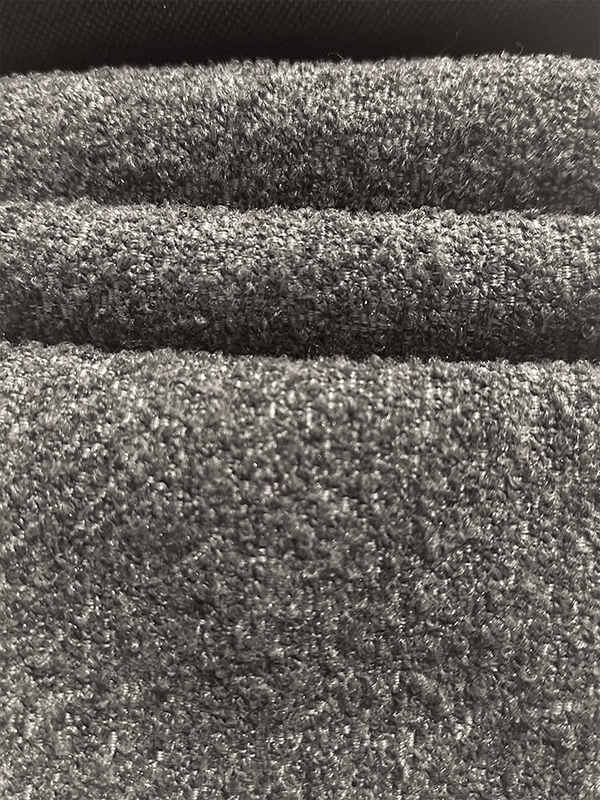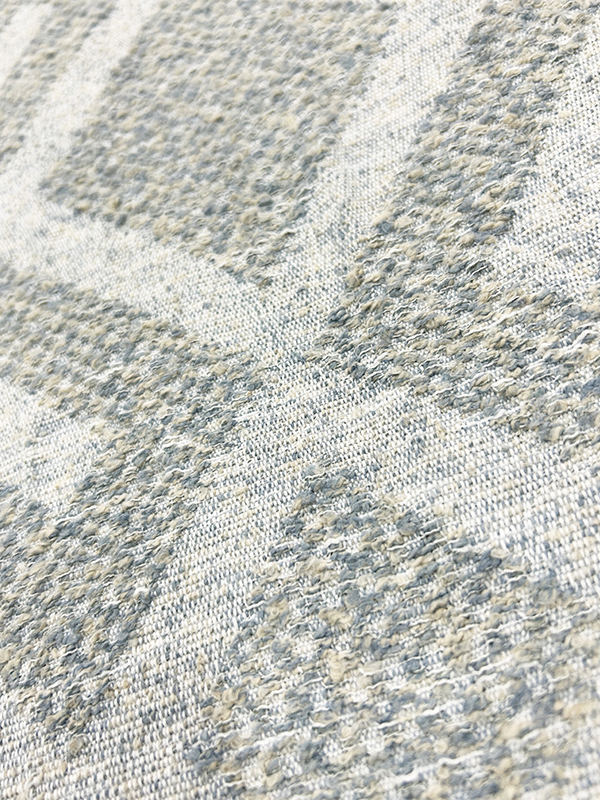Woven fabric is a fundamental textile product used in a vast range of applications, from fashion to industrial uses. Its unique structure, created by interlacing two sets of yarns—the warp (longitudinal) and the weft (crosswise)—in a specific pattern, imparts distinct performance characteristics that make it highly versatile. Understanding these characteristics is crucial for selecting the right type of woven fabric for specific applications.
The interlacing pattern of the yarns creates a strong and stable structure, which can withstand significant stress without tearing. This makes woven fabrics ideal for products that require long-term use and need to endure wear and tear, such as upholstery, workwear, and certain industrial textiles.
Dimensional stability refers to a fabric's ability to maintain its shape and size after exposure to stress, washing, or environmental conditions. Woven fabrics exhibit excellent dimensional stability because the tight interlacing of yarns prevents significant stretching or shrinking. This is particularly important for applications in which precise dimensions are critical, such as in tailored clothing or home furnishings.
The breathability of woven fabrics is another key characteristic, especially in apparel. The spaces between the interlaced yarns allow air to circulate, promoting ventilation and making the fabric comfortable to wear, particularly in warm climates. Additionally, the choice of fibers—such as cotton, linen, or silk—can enhance the fabric's softness and moisture-wicking properties, further improving comfort.

Woven fabrics offer vast aesthetic versatility. The weaving process allows for the creation of a wide range of textures, patterns, and colors. Different weaving techniques—such as plain weave, twill weave, and satin weave—produce various surface effects and finishes, catering to diverse design needs. This makes woven fabrics popular in fashion, where visual appeal is as important as functionality.
Abrasion resistance is a crucial performance characteristic for fabrics used in high-contact environments. Woven fabrics, particularly those with a tighter weave, resist abrasion effectively, ensuring longevity even with constant friction. Additionally, woven fabrics are less prone to pilling, the formation of small fabric balls on the surface, which can detract from the appearance and feel of the material. This quality is particularly valued in upholstery and clothing.
The versatility of woven fabric extends beyond apparel and home furnishings to technical and industrial textiles. The performance characteristics of woven fabrics can be tailored through the choice of yarns, fibers, and weaving patterns to meet specific needs. For example, fire-resistant woven fabrics are used in protective clothing, while lightweight, breathable woven fabrics are ideal for sportswear. The ability to customize woven fabrics makes them suitable for a wide range of applications.
Woven fabrics generally offer ease of maintenance. Many woven textiles can be machine-washed and ironed without losing their shape or integrity. This is a significant advantage in both consumer and industrial contexts, where ease of care can extend the lifespan of the fabric and reduce replacement costs.
Woven fabrics can be produced from both natural and synthetic fibers, each with different environmental implications. Natural fiber woven fabrics, like cotton and linen, are biodegradable and can be more sustainable if sourced responsibly. Advances in weaving technology also allow for the production of woven fabrics from recycled materials, contributing to environmental conservation efforts.
Woven fabric with its impressive range of performance characteristics, is a staple in the textile industry. Its durability, dimensional stability, breathability, aesthetic versatility, and resistance to abrasion make it suitable for a multitude of applications. Whether in fashion, home furnishings, or industrial textiles, woven fabric continues to be a reliable and adaptable material, catering to both functional and aesthetic needs.

 English
English 中文简体
中文简体 Español
Español عربى
عربى














